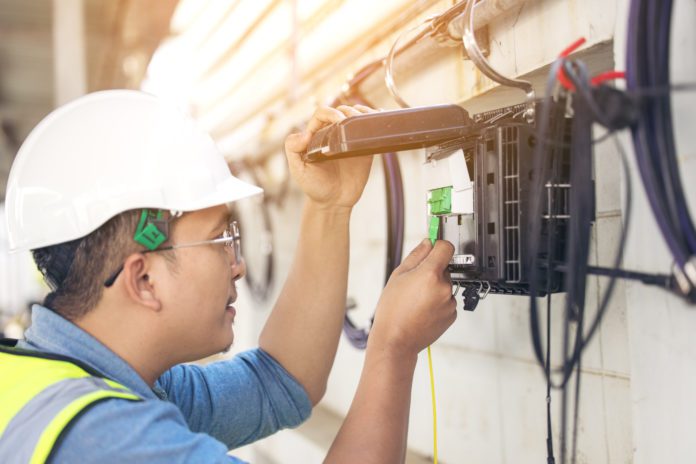With the broadband sector now flush with cash, another challenge has emerged: finding the fiber techs to do the job
The Covid-19 pandemic put the need for more ubiquitous broadband front and center as those lacking adequate connectivity struggled to make the necessary shift to online work, school and personal connection. In response, the U.S. government earmarked billions of dollars for various aspects of broadband deployment, through various legislative efforts that include, but are not limited to, the Rural Digital Opportunity Fund, the American Rescue Plan and the $2 trillion Coronavirus Aid, Relief, and Economic Security (CARES) Act.
“The government has shifted a lot of funding in the last few years… towards fiber rollouts,” confirmed Baicells CTO Jesse Raasch. “There are still gaps out there, but with the government’s attention and the new technology that’s there, it’s starting to slowly change.”
This is great news, because cost is one of the biggest barriers to closing the digital divide — it is simply too expensive to put in the infrastructure that the return on investment takes too long or is simply non-existent, network operators have said. However, with the sector now flush with cash, another challenge has emerged: finding the fiber technicians to do the job.
“The continued push for increased broadband access to underserved areas is resulting in workforce need for buildout of physical internet connections, especially during the COVID-19 pandemic and its spotlight on home internet use,” Christine Machovec, an economist with the Bureau of Labor and Statistics (BLS), told RCR Wireless News. “5G and broadband expansion to underserved areas of the country have spurred current demand for telecommunications line installers and repairers and telecommunications equipment installers and repairers [as] government investment in the telecommunications sector has supported construction of broadband and mobile internet connections.”
According to BLS, the number of jobs in the U.S. in 2021 that fall under the category of telecommunications equipment installers and repairers was 178,000. The agency expects the numeric change in employment from 2021 to 2031 to be 14,000 in this sector. Research firm Zippia took a closer look at fiber optic technicians specifically and concluded that as of September 2022, there are more than 23,625 fiber techs currently employed in the U.S.
This likely isn’t enough. “It is a pain — you talk to any operator big or small, finding workers is the hardest thing,” said Raasch. “At this point, getting the grants and the funding is easy.” He added that in addition to funding at the federal level, each state also has local funding available. “Pretty much any operator that’s in the ISP business has been getting some funding, so then it’s just a matter of finding the workers and we hear the complaints all the time. There is a constant demand, and funding doesn’t exactly solve that issue.”
For many in the industry, then, training fiber techs has become a priority. AT&T and Corning, for instance, jointly created a new training program that aims to equip thousands of technicians and network specialists with the skills related to the design, engineering, installation and management of fiber broadband networks. The program, called the Fiber Optic Training Program, includes training on optical fiber and networking, network design, hands-on splicing, connectorization, field construction for cable deployment, testing and system turn-up. The program will also include network system lab visits and technician ride-alongs.
In a blog post, Jeff Luong, president of Broadband Access and Adoption Initiatives for AT&T, discussed this need further: “Highly trained workers are needed and needed quickly. There is a surge in network building across the U.S. as the private sector is investing heavily in broadband. For example, AT&T’s capital investment for 2021 totaled $21.6 billion, with much of it dedicated to fiber and 5G. In addition, local governments are contracting with the private sector to build out broadband connectivity. These local officials are taking advantage of tens of billions of federal dollars available to build networks.”
Corning’s Director of Wireless R&D and Chief Technologist Shirish Nagaraj explained to RCR Wireless News that the company is focusing on fiber-based networks because it’s the one medium that can deliver the kind of throughput and latency necessary for the various applications 5G makes possible. “But many of the workforce and technicians that are used to doing it with copper-based technologies now have to [know] fiber-based technology. We have identified this challenge… so we are investing heavily on trying to bring up that kind of fiber knowledge in the general workforce, but also in the wireless workforce [because they] are not used to dealing with fiber-based transport,” he said.

